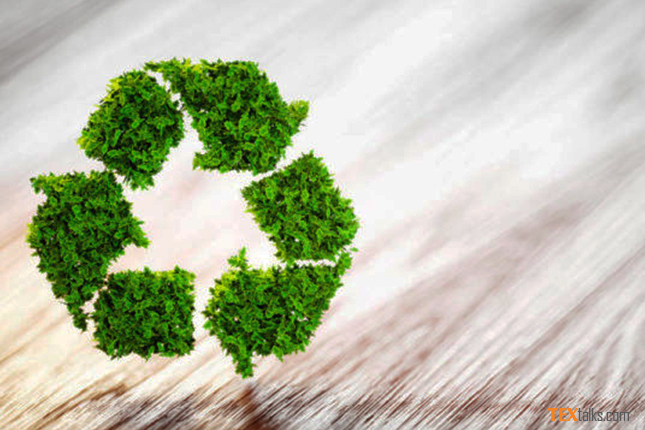Sustainability in textiles has moved from one of the options to the only option. Textile presents sustainability challenges as the world moves to a more circular economy. There has been a lot of effort to impart sustainability in textiles. International legislations, growing awareness, and environmental pollution are demanding more from the textile industry.

Andrew Dent, executive vice-president for research of Material ConneXion, said, “The initial challenges are almost impossible, but we’re starting to chip away at that. These innovations are small-volume. That’s the concern. How do we take these innovations and have them end up as larger volume solutions for the market?” At the conference, Mr. Dent told the audience that shifting to a circular economy requires asking the right questions. Textile upcycling may be sustainable, but you need to be careful about what you do with it. Solutions need to be localized and not labor-intensive.
He further said, “If you can upcycle, produce new products, and use renewable energy, then you have your solution. We don’t want to put so much plastic material out there in the world. “Consumers need to want to purchase circular products. Brands need to offer circular options. The government and other institutions need to provide the infrastructure that allows materials to be recycled and reused; without a combination of these three, it’s not going to work.”
A three-pronged approach involving the consumer, the brand, and the government is also necessary to spark a shift to a circular economy. A way to reduce textile waste that has emerged is 3D (three-dimensional) or digitized knitting, where items are produced by inputting design information into a program, and a machine knits the story using only the needed materials. Companies that use the technology include the Swedish furniture company Ikea, which uses it for one of its chairs.
Material manipulation is another growing trend in the textile industry. For one, Liquid silk is a water-based, non-animal protein source that is being used to create a coating on other lower cost, readily available fabrics. The resulting fabric has the feel of silk without the need actually to produce it from silkworms. Meanwhile, mushrooms are being utilized by San Francisco-based startup MycoWorks to produce leather-looking membranes.
Pointing to the waterless dyeing technique by DyCOO, Mr. Dent said, “Pigments fall like water, even though they’re still like gas, then go through the fabric, so zero water is needed. It dyes entire bolts in one go with zero water but requires more capital investment. These are not small machines.”
Therefore, it can be said that there has been a lot of effort to impart sustainability in textiles, yet the role of materials engineering is crucial for the circular economy. Furthermore, there is still space needed to be filled.



